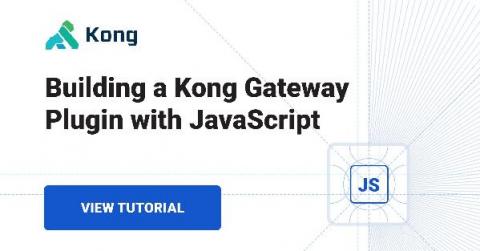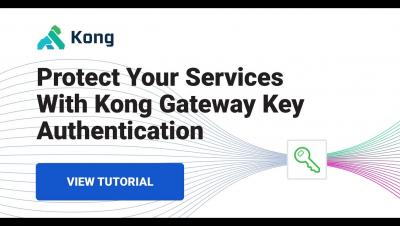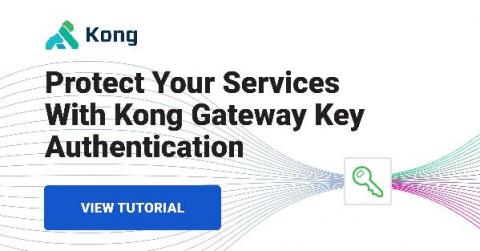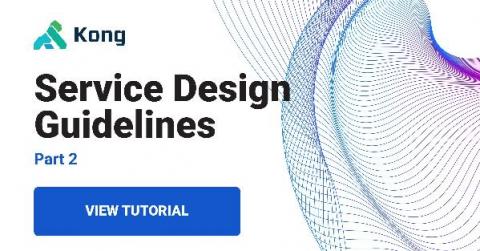Building a Kong Gateway Plugin with JavaScript
We recently sat down to discuss the language for the next Kong Gateway Plugin Development Kit (PDK). Given the number of JavaScript developers in the world and the variety of libraries and debugging tools available, there was only one logical choice. I’m excited to share that with the Kong Gateway (OSS) 2.4 release, that functionality is now available to you all!









